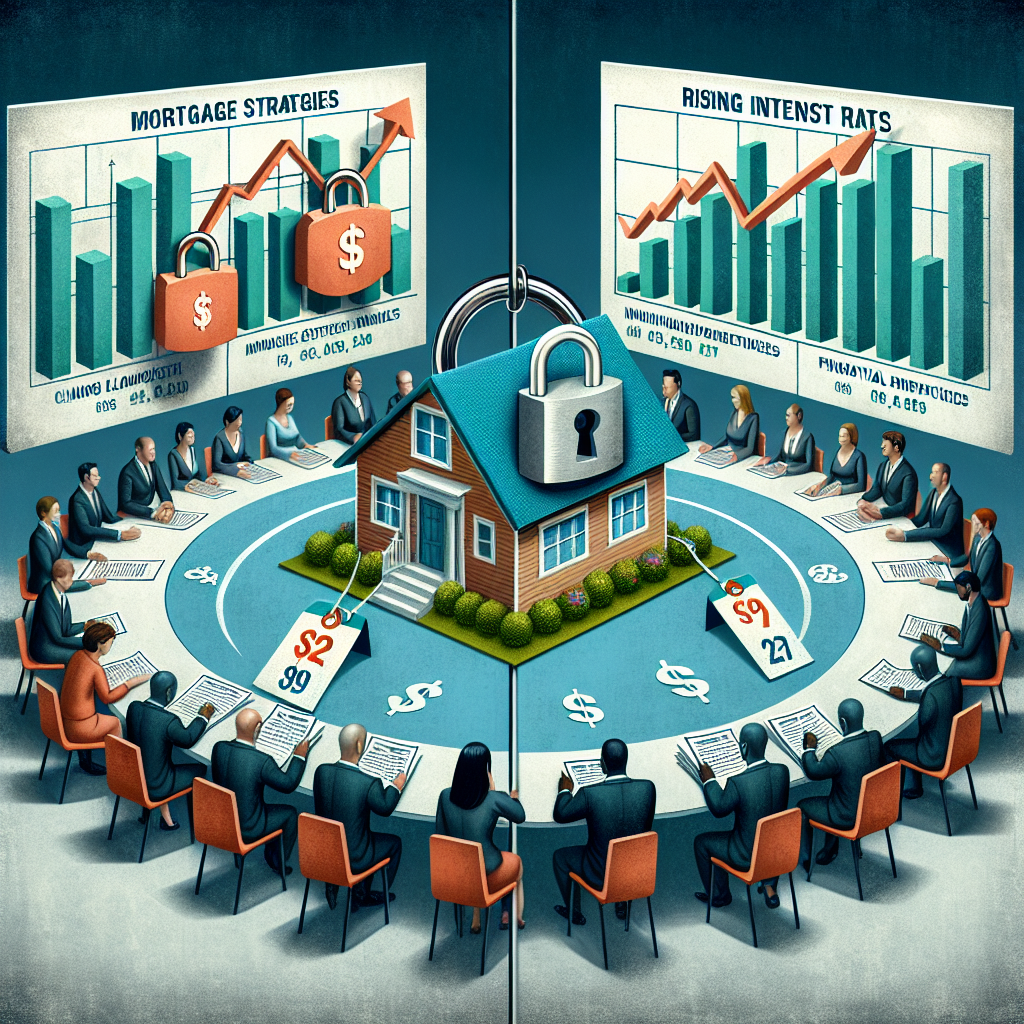The S&P-Experian Consumer Credit Default Indices, which measure changes in consumer credit defaults, show that the composite rate rose two basis points from last month to 0.92 percent.
The first mortgage default rate was one basis point higher at 0.70 percent. The bank card default rate rose six basis points to 3.48 percent. The auto loan default rate remained unchanged at 0.99 percent.
Four of the major metropolitan statistical areas showed higher default rates compared to last month. The rate for New York increased 6 basis points to 1.05 percent, while the rate for Chicago rose four basis points to 0.92 percent. The default rate for Los Angeles was up two basis points to 0.51 percent. The rate for Dallas was one basis point higher at 0.90 percent, while the rate for Miami decreased 12 basis points to 2.07 percent.
[adbutler zone_id="326314"]
[adbutler zone_id="326316"]
| Metropolitan
Statistical Area |
February 2019 Index Level |
January 2019 Index Level |
February 2018 Index Level |
| New York | 1.05 | 0.99 | 0.94 |
| Chicago | 0.92 | 0.88 | 1.15 |
| Dallas | 0.90 | 0.89 | 0.89 |
| Los Angeles | 0.51 | 0.49 | 0.64 |
| Miami | 2.07 | 2.19 | 1.54 |
| Source: S&P/Experian Consumer Credit Default Indices | |||
| Data through February 2019 | |||
After seven straight months of decline, bank card default rates have now increased for three consecutive months. This upward trend has been the primary contributing factor to the concurrent increase in the composite default rate, which has seen its rate increase for five-straight months. All default rates are lower compared with 12 months ago.
[caption id="attachment_9470" align="alignleft" width="240"] David Blitzer[/caption]
David Blitzer[/caption]
"This month's data show that four of the five cities tracked as well as all consumer credit default categories were higher in February," says David M. Blitzer, managing director and chairman of the index committee at S&P Dow Jones Indices. "This is more of a seasonal shift than a sign of rising default rates. Over the last several years, December, January and February have all experienced increases in default rates across cities and loan categories.
“Further, none of the figures suffered large increases compared to their levels of one year ago,” said Blitzer. “Retail sales saw strong gains in January and auto sales continued at an annual rate of about 16.5 million vehicles. Any upward pressure on mortgage defaults stemming from the rise in home prices over the last few years is being offset by weakened sales of new and existing homes.
| S&P/Experian Consumer Credit Default Indices | |||
| National Indices | |||
| Index | February 2019 Index Level |
January 2019 Index Level |
February 2018 Index Level |
| Composite | 0.92 | 0.90 | 0.96 |
| First Mortgage | 0.70 | 0.69 | 0.72 |
| Bank Card | 3.48 | 3.42 | 3.64 |
| Auto Loans | 0.99 | 0.99 | 1.09 |
| Source: S&P/Experian Consumer Credit Default Indices | |||
"The overall economy is not expected to put any pressure on consumers' financial condition. Employment and job growth continue to be quite strong and wages have recently seen some gains,” said Blitzer. “The economy is settling into a stable growth path with anticipated GDP gains of 2 percent to 2.5 percent by most analysts in 2019. Two perennial sources of anxiety for economists and consumers are inflation and the unemployment rate. Inflation remains around 2 percent and the unemployment rate is at or below 4 percent in recent data. As long as these figures remain steady, the Fed isn't likely to shift interest rates and consumers should not have difficulty paying their bills, which could keep default rates close to current levels."










